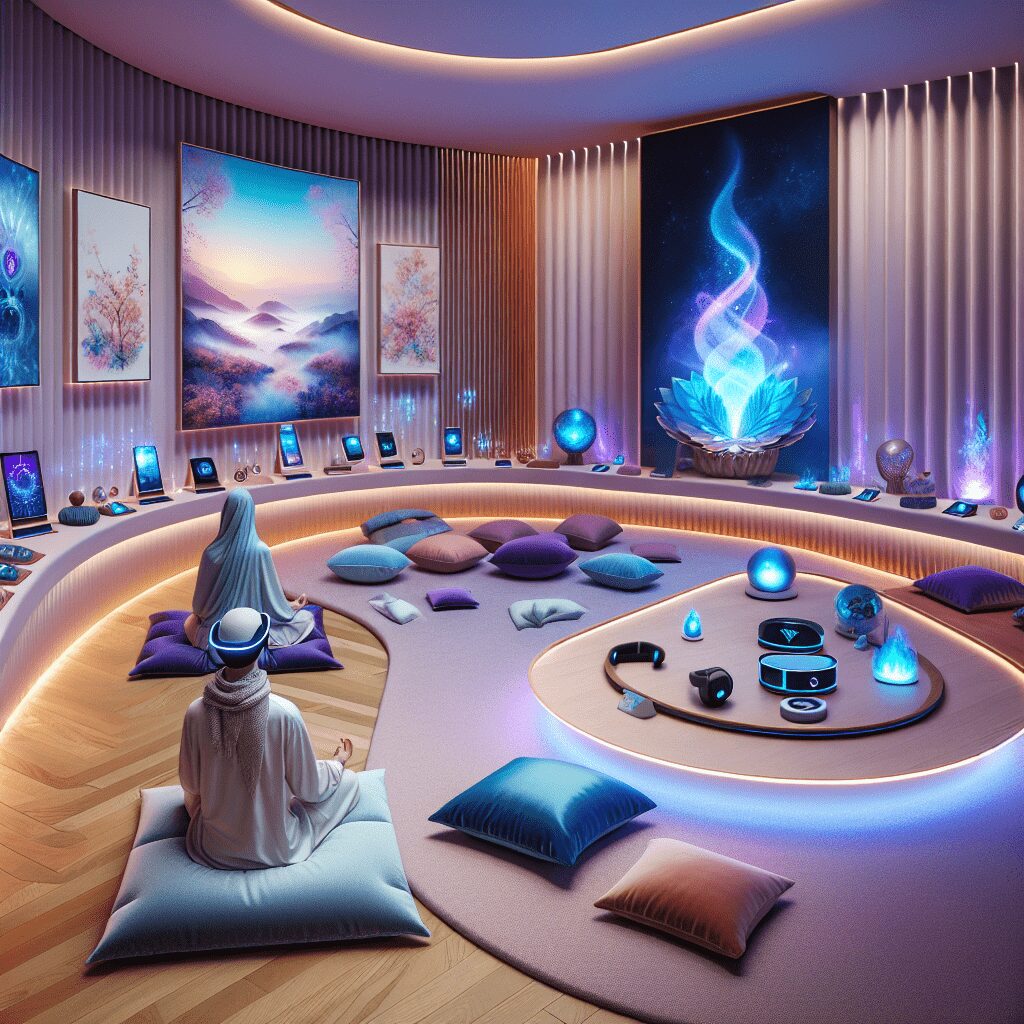
Prioritize your mental well-being daily. Enhance your life by nurturing your mental health with the Smart Meditation app. Break free from stress, alleviate anxiety, and enhance your sleep quality starting today.
Do Shaolin Only Sleep While Meditating?
Unraveling the Truth: The Sleep Habits of Shaolin Monks
In the mystical valleys of China, within the walls of the Shaolin Temple, lie secrets and traditions spanning centuries. Among these, the reputed sleeping habits of Shaolin monks stir both awe and curiosity in equal measures. The belief that these martial arts maestros only catch their z’s while meditating has fascinated the world over. But is there any truth to this notion? Let’s dive in and separate fact from fiction.
A Glimpse into Shaolin Discipline
First things first, Shaolin monks are renowned for their rigorous discipline, exceptional martial arts skills, and profound spiritual practices. Their daily regimen is a testament to human resilience and dedication, incorporating hours of physical training, meditation, chanting, and chores. This demanding schedule naturally piques curiosity about their rest and recovery methods, including their sleep practices.
The Myth of Meditative Slumber
So, do Shaolin monks really substitute traditional sleep with meditation? In short, not exactly. It’s true that meditation is a pivotal part of the Shaolin lifestyle, offering moments of deep rest and rejuvenation. However, the idea that monks only sleep while meditating is more myth than reality. Here’s why:
-
Human Physiology: Like any other human being, Shaolin monks require sleep to function optimally. While meditation can indeed reduce the need for sleep by enhancing its quality, completely replacing sleep with meditation is neither feasible nor healthy in the long run.
-
Adaptation and Balance: Shaolin monks are masters of understanding and listening to their bodies. Their lifestyle is a blend of activity and rest, hard work and recovery. They may employ short meditative naps, known as “dynamic rest,” but this complements, rather than replaces, traditional sleep.
-
Diving into Deep Rest: Meditation allows monks to achieve a state of deep rest, reducing stress and improving concentration. This practice can significantly enhance the quality of their sleep, meaning they might require less sleep than the average person, but it does not eliminate the need for it.
The Reality Behind the Routine
Let’s set the record straight: Shaolin monks do sleep, albeit perhaps less than the average Joe. Their secret to less but more efficient sleep lies in their extraordinary discipline and the holistic balance they maintain between physical exertion and mental serenity. Here are some insights into their approach:
-
Early to Bed, Early to Rise: Following the ancient proverb, monks typically turn in early and wake up before dawn, maximizing the most tranquil hours of the day for meditation and practice.
-
Quality Over Quantity: By integrating meditation into their daily routine, Shaolin monks enhance the restorative power of their sleep. Even with fewer hours, they manage to maintain high levels of energy and alertness.
-
The Power of Routine: A consistent daily schedule assists in regulating the body’s internal clock, leading to more efficient sleep patterns. This disciplined approach allows monks to wake up naturally, without the need for alarms.
In conclusion, while the enthralling idea of monks drifting into dreamland solely through meditation captures the imagination, reality paints a more nuanced picture. Shaolin monks indeed have a unique approach to rest, leveraging meditation to augment the benefits of sleep, but they do not forsake traditional slumber. Their practice offers valuable lessons on the importance of balance, discipline, and listening to one’s body—an approach we might all find beneficial in our quest for a well-rested and balanced life.





